You’ve been there, right? Standing in a store, phone in hand, comparing specs like you’re choosing a spaceship. Your old phone’s battery now lasts shorter than a kopi break, and yet—every model looks shiny, expensive, and full of techie jargon.
Today, choosing a smartphone isn’t just about getting the “latest one.” It’s about finding the perfect daily companion that snaps your best angles, doesn’t lag during Genshin Impact battles, and—let’s be honest—makes you look cool when you whip it out during brunch.
Lucky for you, we’ve narrowed it down to the top smartphones that are killing it in Singapore right now. Whether you’re a workaholic, content creator, student, or just want something reliable that won’t burn your wallet, this guide’s got your back.

Editor
Lloyd Kelly Miralles chevron_right
Table of Contents
Buying Guide - How to Choose a Smartphone in Singapore 2025
Choosing the right smartphone can feel overwhelming with so many options. Here’s a step-by-step guide on how to choose a smartphone to help you make the best choice based on your needs.
Network Compatibility
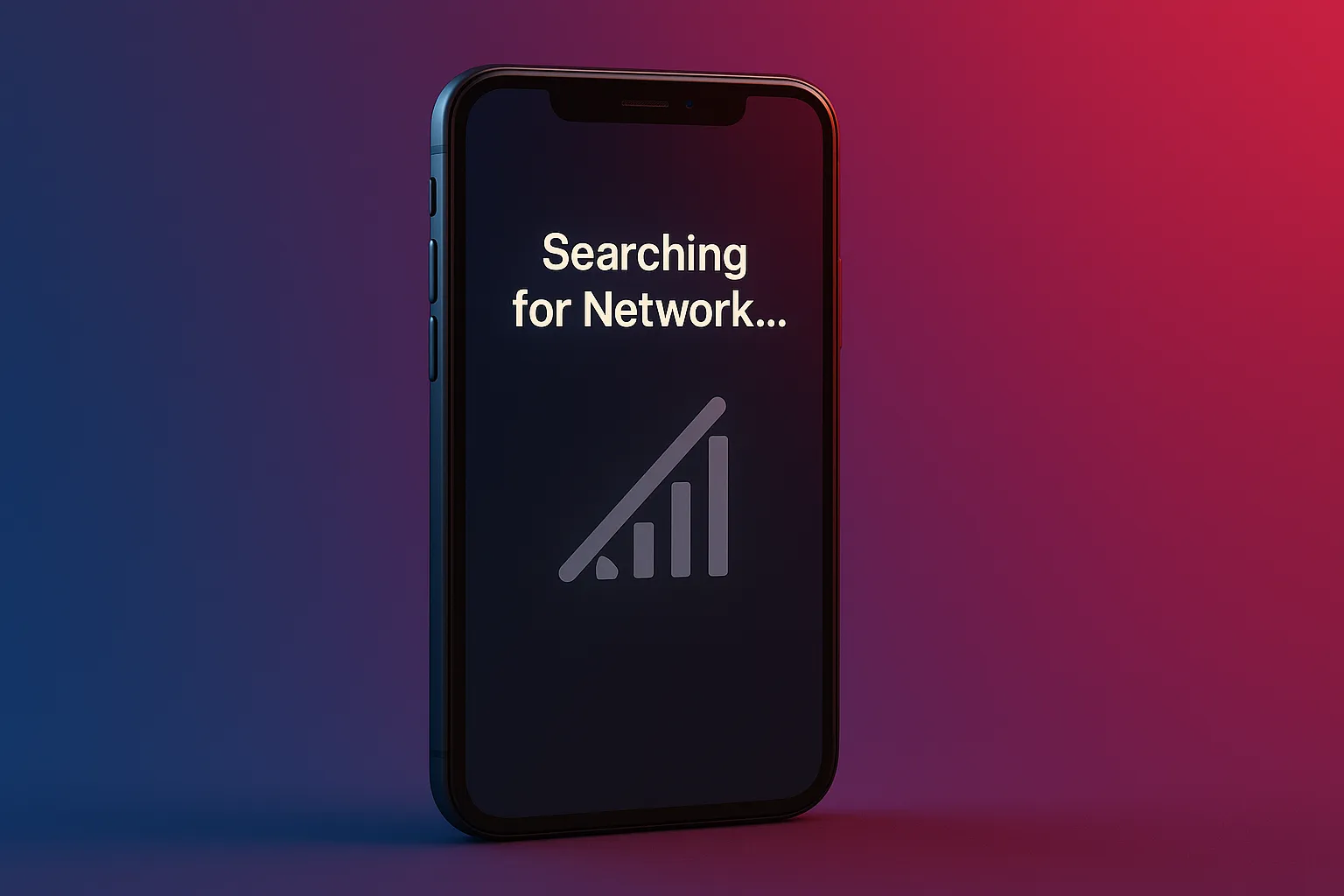
If you're buying a phone in Singapore today, 5G isn't just nice to have—it's expected. Fortunately, most modern phones support it, but that doesn't mean all 5G phones are created equal. Check the device's compatibility with local 5G bands used by major telcos like Singtel, StarHub, and M1. You want strong support for sub-6GHz, as it's the most commonly used here. With 5G now a must-have feature for many smartphones, you’ll want to ensure your device is 5G-enabled to stay ahead of the curve.
Planning to travel often? Dual SIM or eSIM support is a game-changer. It lets you maintain your primary number while adding a travel data line or work SIM, without needing to swap cards mid-transit.
Quick Tip: Always verify that your phone supports Singapore telco frequencies before buying imports. Some overseas variants skip crucial bands.
Battery Life & Charging Speed
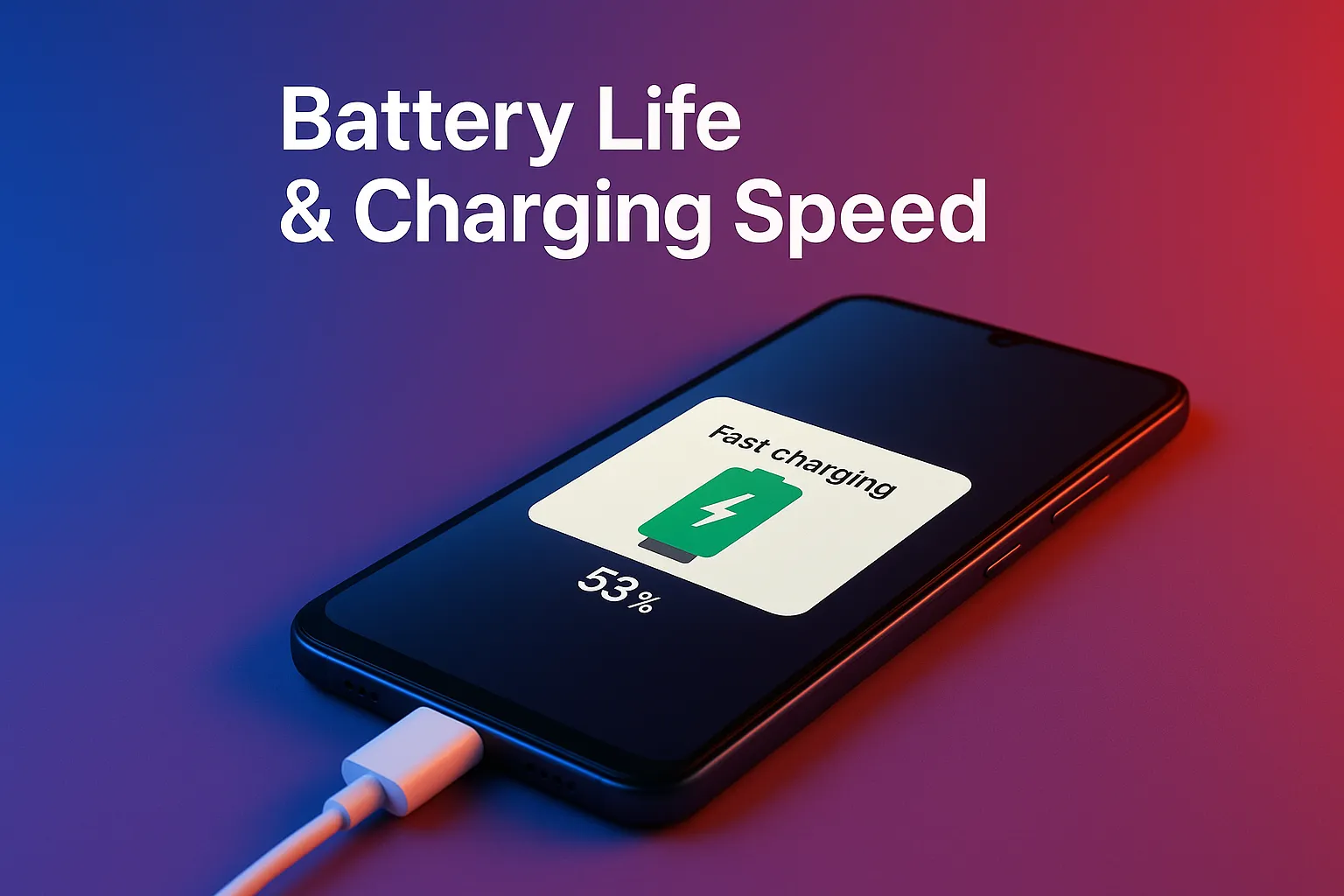
No one wants to be the person hugging a wall socket halfway through the day. Thankfully, many phones today come with high-capacity batteries and faster charging than ever before.
- Heavy users (think constant streaming, gaming, or remote work): Look for devices with 5,000mAh or larger batteries. These typically last a full day and a half—or more.
- Casual users who mostly text, browse, and take photos can get by with smaller batteries, but battery optimization also matters. Software efficiency can be just as important as raw size.
And let’s talk about charging:
- Some phones now go from 0 to 100% in under 30 minutes.
- Wireless charging is becoming more common, though often slower. Still, it’s convenient for bedside tables or desks.
- Reverse charging is a nice bonus if you’re often helping your friends power up their earbuds.
You must also consider about your phone battery life and ways to conserve your battery health
Portability & One-Hand Use
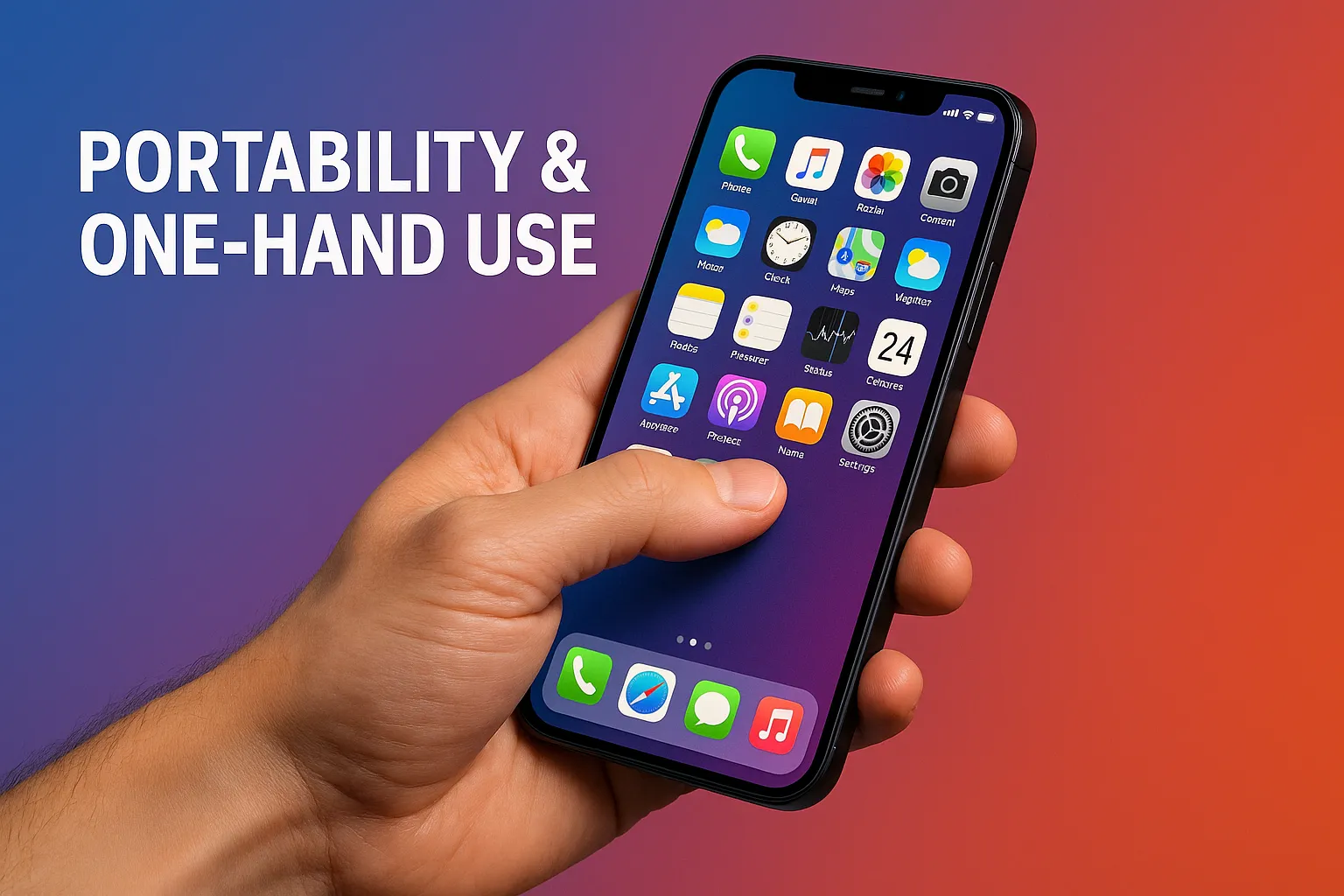
We love big, immersive screens… until we need to text one-handed on the MRT. Think about how you use your phone:
- Compact phones (under 6.4”) are lightweight, easier to hold, and perfect for smaller hands or minimalists.
- Large phones (6.7” and up) are fantastic for watching movies, editing photos, and gaming—but they may not fit in your jeans pocket or small bag.
- Pay attention to weight and thickness. Bigger batteries mean heavier phones, so balance longevity with daily comfort.
Local Budget Tiers (SGD)

Phones in Singapore generally fall into three tiers:
- Premium ($1,500+): These come with the latest processors, pro-level cameras, and the best displays. They're built to last longer and get updates for years.
- Mid-Range ($850–$1,400): The sweet spot for many buyers. You get excellent performance, decent cameras, and most flagship features—without paying the luxury tax.
- Budget ($500–$800): Ideal for students or practical users. These phones skip some bells and whistles but cover all the basics well. With recent tech improvements, even affordable phones feel fast and modern.
Where to Buy:
Lazada, Shopee, and official brand stores regularly offer flash deals. Telcos often bundle promos like free earbuds, accessories, or installment plans. Don’t overlook trade-in deals if you're upgrading from an older model.
Note: If you're unsure whether iOS or Android is right for you, better to consider that also!
Smartphone Comparison Table (Top 8 in Singapore 2025)
|
Phone Model |
Product Image | Approx. Price |
Where To Buy |
Display |
Camera Highlights |
Battery Life |
|
Apple iPhone 16 |
 |
1,299 – 1,749 |
6.1" OLED, 60Hz |
Camera Control + Smart HDR |
Up to 20 hrs video playback |
|
|
Samsung Galaxy S25 Ultra |
 |
1,528 – 2,068 |
6.9" AMOLED, 144Hz |
200MP camera + S-Pen |
5,000mAh (1.5–2 days) |
|
|
Google Pixel 9 Pro |
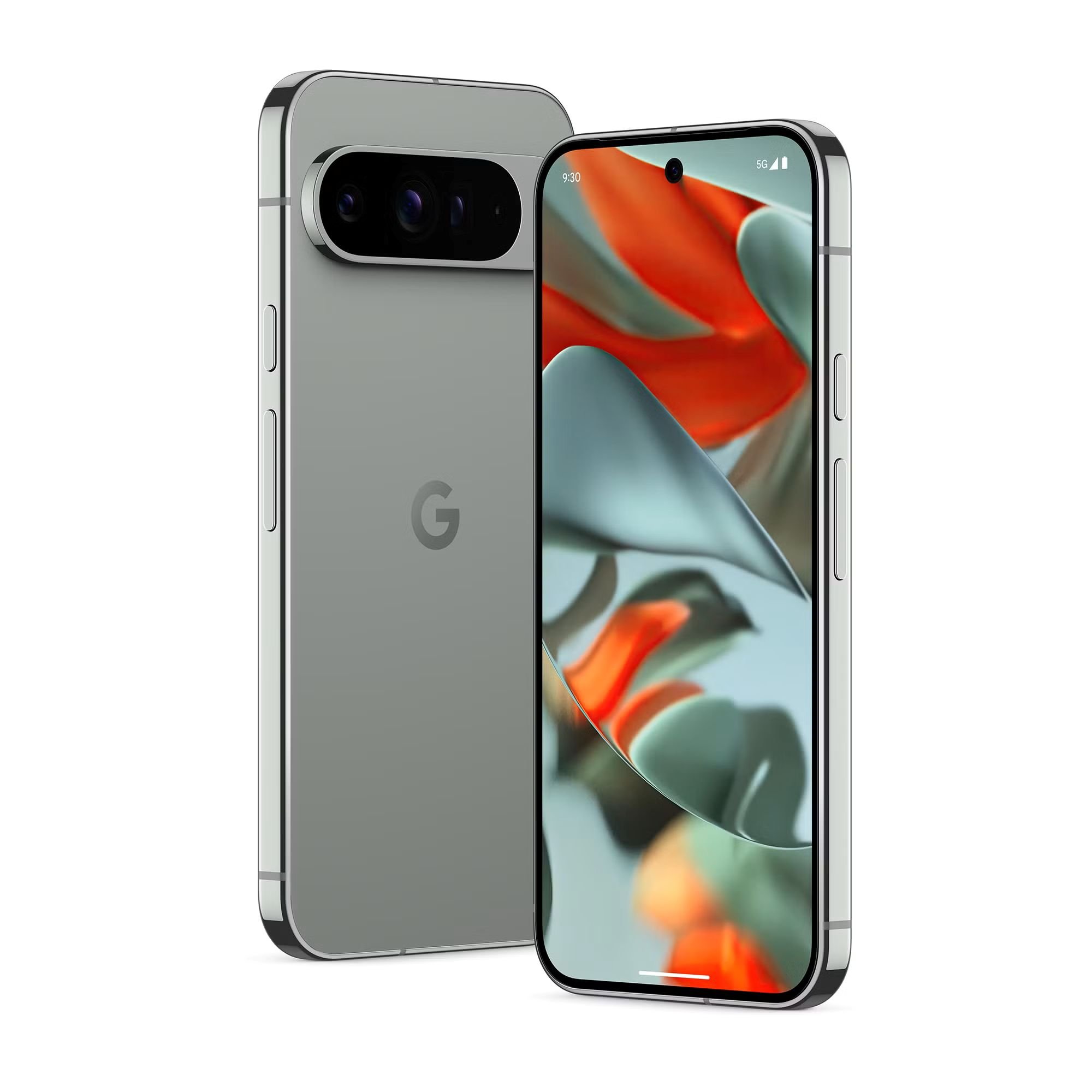 |
1,168 – 1,739 |
6.7" OLED, LTPO, 120Hz |
AI-powered triple camera system |
4,950mAh (~1 day) |
|
|
OnePlus 13 |
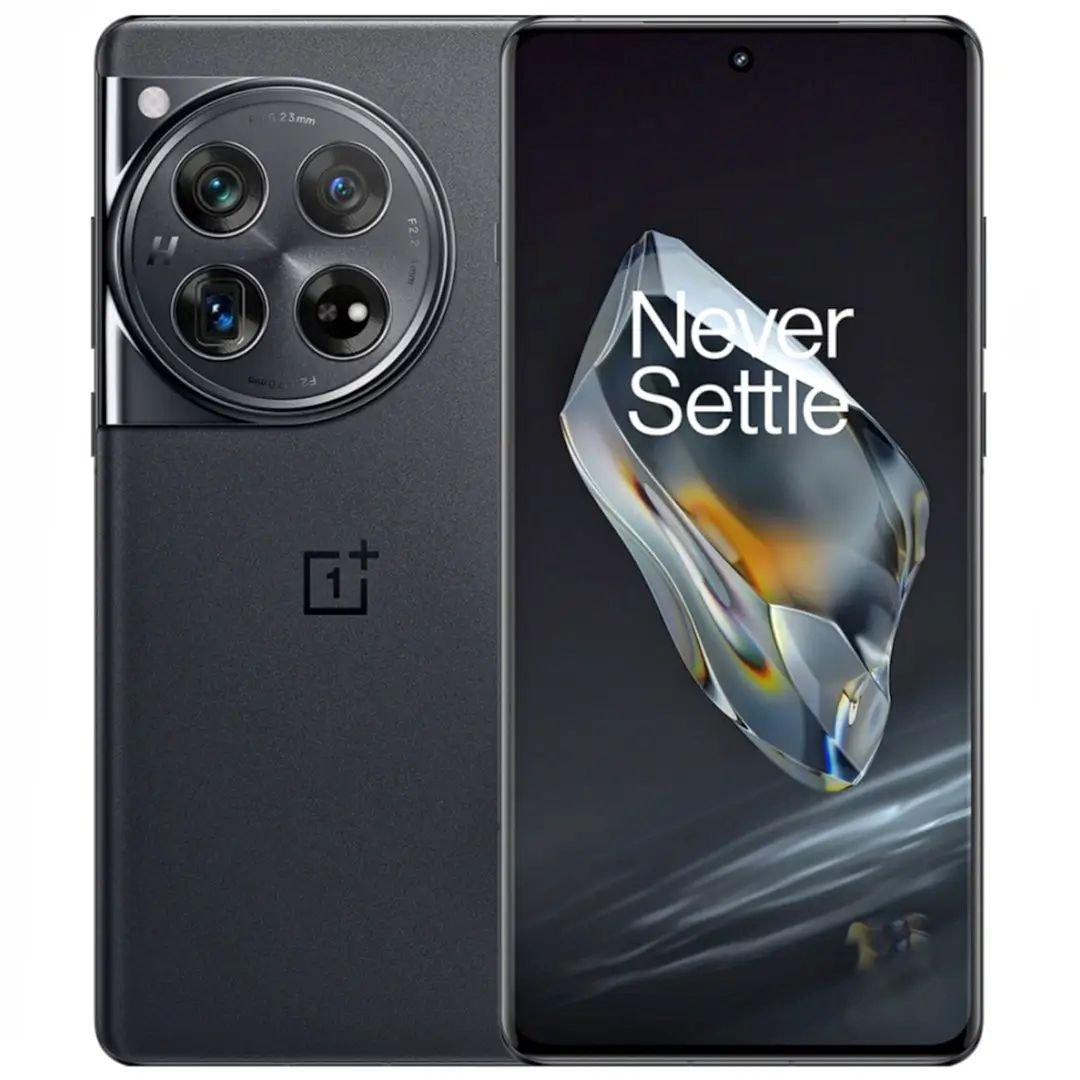 |
899 – 1,072 |
6.8" AMOLED, 120Hz |
Flagship-level performance |
5,400mAh (~2 days) |
|
|
Xiaomi 15 Pro |
 |
1,000 – 1,230 |
6.73" AMOLED, 120Hz |
Leica co-engineered triple camera |
5,000mAh (~1.5 days) |
|
|
Sony Xperia 1 VII |
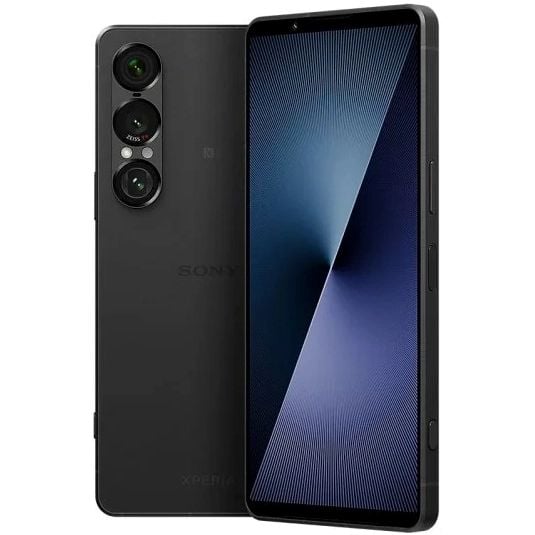 |
1,429 – 1,989 |
6.5" 4K OLED, 120Hz |
Manual video/photo controls |
5,000mAh (~1.5 days) |
|
|
Nothing Phone 3a Pro |
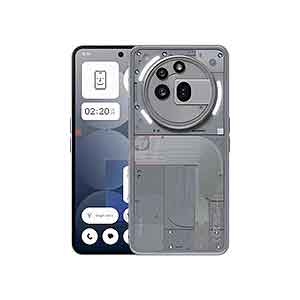 |
598 – 649 |
6.7" AMOLED, 120Hz |
Functional basic camera setup |
4,700mAh (~1 day) |
|
|
Google Pixel 9a |
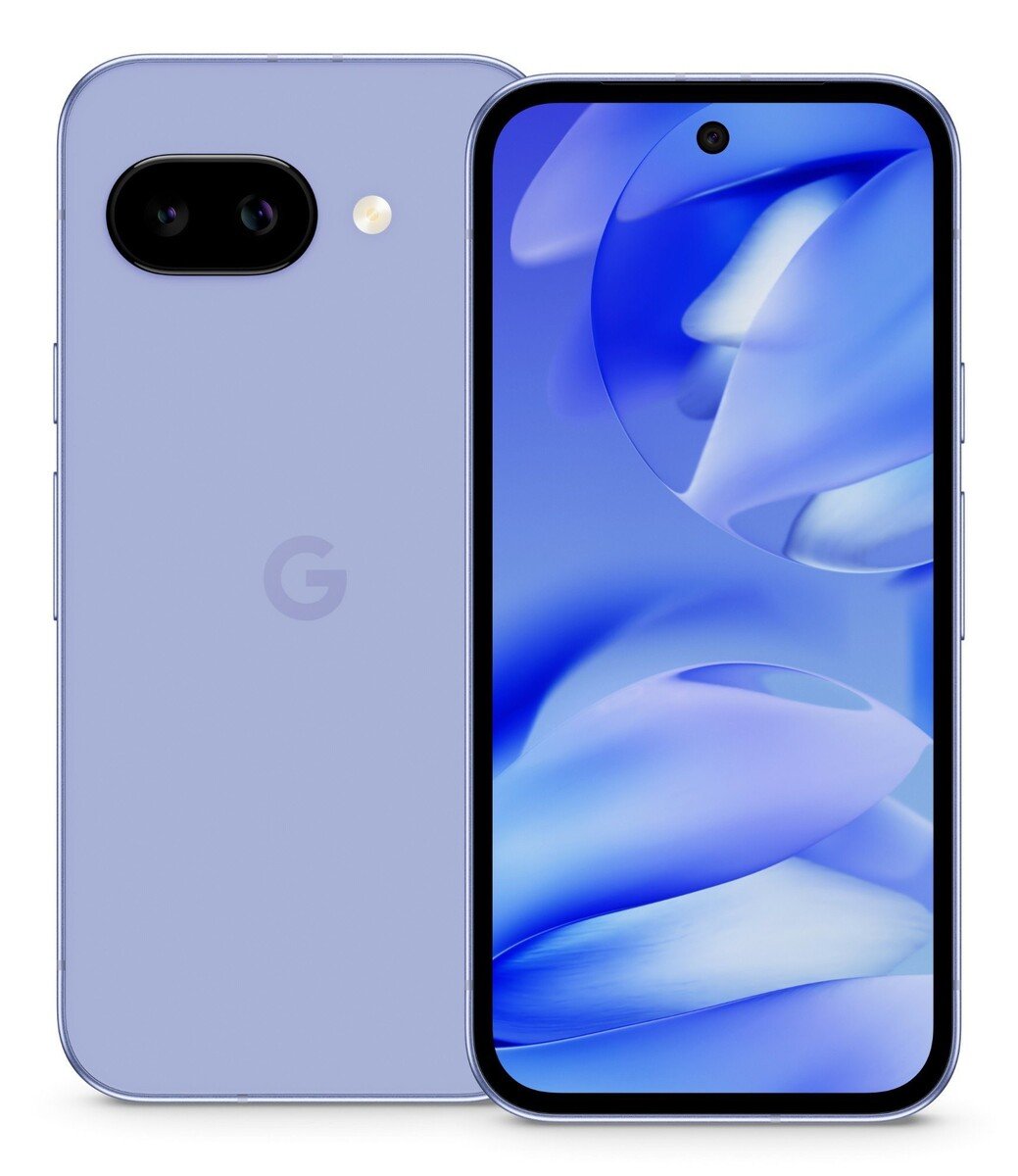 |
799 – 939 |
6.1" OLED, 60Hz |
Google AI-powered photography |
4,500mAh (~1 day) |
Frequently Asked Questions Answered By the ProductNation Team
How much storage do I really need?
If you're mostly streaming and using cloud storage, 128GB might be enough. But if you shoot lots of photos and videos or download large apps, go for 256GB or higher. Better to have more than to run out mid-holiday.
Is 8GB of RAM enough these days?
For daily use—social media, video calls, even some light gaming—yes, 8GB still holds up well. If you're into heavy multitasking, gaming, or want to future-proof your phone for several years, 12GB+ is a smarter bet.
What screen refresh rate should I look for?
A higher refresh rate (90Hz or 120Hz) makes scrolling and animations feel buttery smooth. It’s one of those things you won’t notice until you’ve tried it—and then you’ll never want to go back. Still, it’s not essential for everyone.
Do software updates really matter?
Absolutely. They keep your device secure, improve performance, and give you new features. Devices with 3–5 years of guaranteed updates offer better long-term value, even if they cost a bit more upfront. You can also consider the impact of AI on Smartphones today.
I’m clumsy. What should I prioritize?
Look for water/dust resistance (IP68 is the gold standard), tough glass protection, and a sturdy frame. Bonus points if the phone has a wide variety of rugged case options available locally.
Top 10 Smartphones in Singapore 2025

The iPhone 16 doesn’t try to reinvent the wheel—but it definitely smooths the ride. With its clean, classy design and upgraded Camera Control feature, this is a phone made for users who care more about function than flashing specs. Think FaceTime calls that never stutter, photos that make your dog look like a supermodel, and seamless AirDrop magic.
The reason many users continue to choose the iPhone year after year boils down to one word: reliability. You know what you're getting. The software updates are consistent. The support ecosystem—from AppleCare to iCloud to the Apple Watch on your wrist—just works in harmony. For folks who’ve been deep in the Apple ecosystem for years, switching to anything else feels like trying to learn a new language overnight.
Specs:
- Network: 5G
- Battery Life: Up to 20 hours video playback
- Display: 6.1" Super Retina XDR OLED
- SIM Type: Dual eSIM/Nano

What do you get when you combine a 200MP camera, an S-Pen, and a 6.9” screen the size of a small tablet? The Galaxy S25 Ultra. This beast is built for multitaskers, note-takers, and creators who need power and polish. Want to edit 4K videos on the go? You can. Want to doodle your next big idea during a meeting? You bet.
Samsung really leans into the "do-everything" phone here. It’s perfect for business users who bounce between tasks or creatives who want DSLR-level photo and video features without carrying actual camera gear. The battery is strong enough to last you through a long workday (or Netflix binge), and the display? So vivid you might forget your TV exists.
Specs:
- Network: 5G
- Battery Life: 5,000mAh, 1.5–2 days use
- Display: 6.9" QHD+ AMOLED 144Hz
- SIM Type: Dual SIM

Google’s Pixel 9 Pro is the friend who always nails your group photo. With computational photography, this phone uses AI smarts to perfect each image—adjusting brightness, sharpening faces, even removing people you don't like from the background. It’s like having a personal photo editor in your pocket.
Beyond photography, the Pixel offers the purest Android experience you can get. No bloatware. No weird UI skins. Just fast updates and Google features baked in, like live transcription, Call Screen, and even AI-powered summaries. It’s intelligent in ways most other phones haven’t caught up with yet.
Specs:
- Network: 5G
- Battery Life: 4,950mAh
- Display: 6.7" LTPO OLED
- SIM Type: eSIM + Nano

OnePlus 13 is built for one thing: performance. Whether you're gaming, streaming, or switching between 15 apps, this thing never breaks a sweat. Snapdragon 8 Gen 3 Elite? Check. Gorgeous 120Hz AMOLED display? Double check. Need to charge from 1% to 100% in 25 minutes? Say less.
Where it really shines is in user satisfaction. There’s no learning curve, no awkward UI quirks, just a fast, smooth experience that feels premium without demanding $1,500 from your wallet. It’s also surprisingly refined—no longer just a “flagship killer,” but a legit flagship on its own terms.
Specs:
- Network: 5G
- Battery Life: 5,400mAh
- Display: 6.8" AMOLED, 120Hz
- SIM Type: Dual SIM

The Xiaomi 15 Pro proves that stunning mobile photography doesn’t have to come with a flagship price tag. With Leica-powered optics and a strong AI-enhanced image processor, this phone captures detailed, vibrant shots even in tricky lighting. Whether you're snapping moody café moments or catching impromptu sunsets, it rarely misses.
Beyond the camera, it impresses with a smooth AMOLED display, fast performance, and 90W charging that gets you from 0 to 100% faster than your lunch break. The software (MIUI) has its quirks, but once you dial it in to your taste, the phone becomes a reliable daily companion. Ideal for those who prioritize value but still want pro-level image quality.
Specs:
- Network: 5G
- Battery Life: 5,000mAh (~1.5 days usage)
- Display: 6.73" AMOLED, 120Hz
- SIM Type: Dual SIM

The Sony Xperia 1 VII is a niche device with a very specific audience—and it fully embraces that. Tailored for filmmakers, photographers, and audiophiles, it features a stunning 4K OLED display and a full suite of manual camera and video tools. It's as close to having a production studio in your pocket as a smartphone can get.
Sony keeps the headphone jack alive here, delivering high-fidelity audio that studio monitors would approve of. This phone is less about mainstream appeal and more about creative freedom. It won’t be everyone’s cup of teh, but if you know your shutter speeds and bitrates, it might just be your dream device.
Specs:
- Network: 5G
- Battery Life: 5,000mAh (~1.5 days)
- Display: 6.5" 4K OLED, 120Hz
- SIM Type: Nano-SIM + eSIM

The Nothing Phone 3a Pro is for those who want their phone to look as cool as it functions. With its transparent back and unique Glyph Interface, it delivers standout style in a sea of sameness. But it’s not all about looks—the clean, bloat-free Android experience and dependable performance make it a solid option for everyday use.
The light-up LED system on the back isn’t just eye candy; it doubles as a notification system, charging indicator, and even a visual ringtone. While it won’t win camera shootouts, it’s perfect for users who prioritize design, clean software, and just enough flair to stand out at the table.
Specs:
- Network: 5G
- Battery Life: 4,700mAh
- Display: 6.7" AMOLED, 120Hz
- SIM Type: Dual SIM

The Pixel 9a is all about delivering Google’s legendary photography magic—on a budget. You still get that smart image processing, excellent low-light performance, and clean Android interface without any unnecessary extras. It’s a practical, no-nonsense device that gets the job done with style and smarts.
Despite its mid-range price tag, it benefits from Google’s update promise, meaning you’ll be supported with new features and security patches for years. It’s compact, comfortable to use, and ideal for anyone who values simplicity, speed, and top-tier camera performance without the flagship price.
Specs:
- Network: 5G
- Battery Life: 4,500mAh (~1 day)
- Display: 6.1" OLED, 60Hz
- SIM Type: Nano + eSIM
Conclusion
Forget flashy features or huge specs; the best phone is the one that perfectly fits your life, whether you need something light, fast, and reliable, a stunning screen with a long-lasting battery, or excellent camera quality on a budget, as today's diverse smartphone market offers choices for every user, making "What's the best phone for me?" the truly relevant question.


